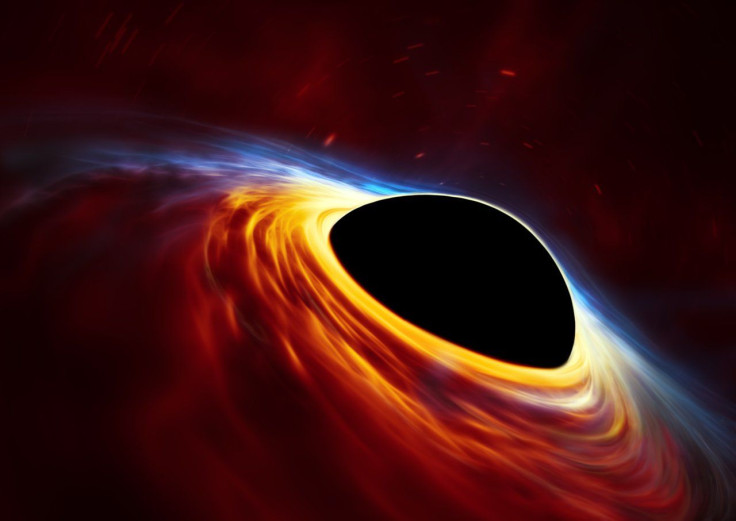Spinning Black Hole Swallowing A Passing Star Mistaken For Brightest Supernova Event

When the All Sky Automated Survey for SuperNovae (ASAS-SN) detected a massive explosion in 2015, astronomers pored over the data and categorized the event as a superluminous supernova, the brightest-ever recorded in history, which was twice as bright as the second in the list. Called ASASSN-15lh, it was, at its peak, 20 times brighter than the light produced by the entire Milky Way galaxy.
But now, it turns out it may not have been a supernova — an explosion, one of the last stages of the evolution of massive stars much bigger than the sun — at all. Instead, according to a statement on the website of the European Southern Observatory (ESO), it was something far more rare: a spinning black hole consuming a passing star.
An international team led by Giorgos Leloudas at the Weizmann Institute of Science, Israel, studied the data recorded by ASAS-SN from the galaxy, about 4 billion light-years away, where the ASASSN-15lh event took place.
“We observed the source for 10 months following the event and have concluded that the explanation is unlikely to lie with an extraordinarily bright supernova. Our results indicate that the event was probably caused by a rapidly spinning supermassive black hole as it destroyed a low-mass star,” Leloudas said in the statement Monday.
The supermassive black hole in his theory resides at the center of the galaxy where the event took place, and has an estimated mass of about 100 million times that of the sun. The star it consumed, meanwhile, had mass similar to our sun. This sort of event is called a tidal disruption event, and has been observed only about 10 times till date.
Researchers speculate the reason why the black hole could attract the star even though it was initially beyond its event horizon is because it was a rapidly spinning black hole, and therefore the event horizon limit didn’t apply to it.
Additional data was collected using the Very Large Telescope at ESO’s Paranal Observatory, the New Technology Telescope at ESO’s La Silla Observatory and the NASA/ESA Hubble Space Telescope.
“Even with all the collected data we cannot say with 100% certainty that the ASASSN-15lh event was a tidal disruption event,” concludes Leloudas. “But it is by far the most likely explanation.”
A study detailing the new findings was published Monday in the journal Nature Astronomy under the title “The superluminous transient ASASSN-15lh as a tidal disruption event from a Kerr black hole.”
© Copyright IBTimes 2025. All rights reserved.




















